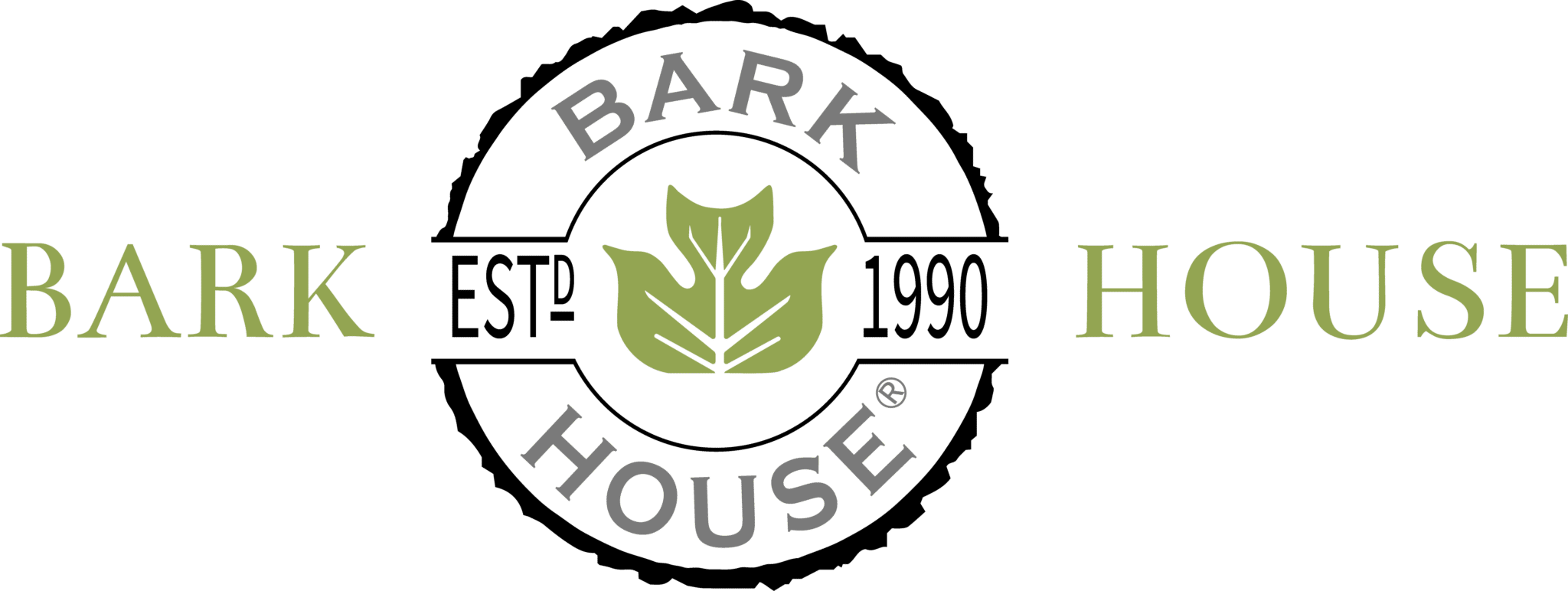Seamlessly blurring the line between inside and outside spaces has been a longstanding hallmark of luxury architecture. But it’s time to think beyond glass doors and floor‑to‑ceiling windows that invite the sunlight in. Even glass walls create boundaries between the house and nature, separating the two environments.
Invoking a sense of nature need not require overwrought design. It could be as simple as using an abundance of natural building materials along the journey into and through the interior space. While simply gazing at nature offers health benefits, being surrounded by it infuses each moment with serenity. One of the most sustainable, unique ways to do this is incorporating bark as a primary natural building material throughout.
Tree Bark: A Sustainable, Socially Conscious Choice
Though simple on the surface, bark siding created at Bark House is not a simple product. Creating a functional, beautiful product using only one material—a material hewn to retain its natural tones and textures—is a challenging process. Commitment to this process is a nod to the level of dedication Bark House co‑founders have to the purity of product‑making and the design of nature.
Natural building materials such as poplar bark are incredibly attractive to architects, builders, and clients in search of sustainable luxury. Because bark is harvested from trees already felled by local lumber operations, and because our other natural building materials are gathered from forest undergrowth clearing, the environmental impact is lower, culminating in an overall regenerative process.
Bark bridges the earth and the indoors via a rich, textured, one‑of‑a‑kind connection. As a forest product, poplar bark also offers unparalleled design and architectural integrity, lasting up to a century without paint and sealant.
5 Ways This Natural Building Material Supports Distinctive Design
Natural materials help distinguish sophisticated biophilic design from surface‑level eco‑friendliness. Building a portfolio of striking, successful eco‑luxe projects requires using materials that you know will stand the test of time.
Here are five ways using sustainable natural materials takes luxury design to the next level.
- Sustainable now and in the future. Truly sustainable bark products should be kiln‑dried, a process that naturally protects bark and other wood products against insects and fungal spores. Kiln drying also prevents warping and negates the need for future pesticides or other damaging chemical treatments. This makes kiln drying a process that enables sustainability at the product’s source and in the product’s foreseeable future. It supports the product to be naturally biodegradable and capable of building clean soil at the end of life.
- Strikes a unique sense of place. Natural bark products are rooted in the earth. They have an authentic connection to the land. Forest‑based products that honor the strategy of trees connect the built structure to its unique place.
- Tells a story. Luxury clients crave one‑of‑a‑kind narratives, which enable them to step into the existing heritage and history of their property. Natural building materials such as bark, which retains its original texture and richness, invite visitors into an unfolding tale between humans and the surrounding forest.
- Seamlessly integrates nature into sheltered spaces. While glass walls and lofty doorways invite us outdoors, bark products carefully integrated into the home offer a natural retreat without the need to abandon shelter on cloudy or rainy days.
- Regenerative potential. For luxury architects and clients seeking to stand out from the eco‑chic crowd, a few natural building materials offer genuinely regenerative potential. While bamboo is sustainable because of its incredible regrowth potential, bamboo requires large volumes of water and energy. Bark, on the other hand, requires no water and no grid energy for processing. These are important aspects that contribute to its regenerative nature.
Rethinking traditional transitional spaces and blending nature into interiors in new ways distinguishes striking designs from staid eco‑conscious architecture. This has been emphasized by luxury architects already using nature in beautiful and sustainable ways in their home, office, and commercial design. Bark products in particular invoke a deep, almost mystical connection with the natural world.

